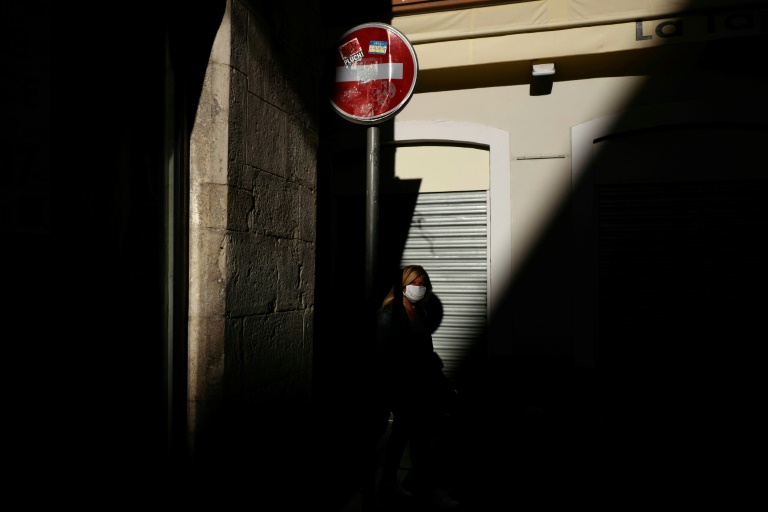

However, subsequent studies have suggested that the virus has been circulating in Europe since the previous November. The Coronavirus pandemic, known as COVID-19 (Coronavirus disease 2019), was firstly described in December 2019 in the Hubei region in China and quickly reached Europe, with the first reported case in Germany by mid-January 2020.

Data supporting the findings can be found at the following links and locations: !/dataset/reanalysis-era5-single-levels?tab=form.įunding: The authors received no specific funding for this work.Ĭompeting interests: The authors have declared that no competing interests exist. This is an open access article distributed under the terms of the Creative Commons Attribution License, which permits unrestricted use, distribution, and reproduction in any medium, provided the original author and source are credited.ĭata Availability: Databases used in the paper are fully described and linked in the supplementary material. Received: JAccepted: OctoPublished: November 30, 2022Ĭopyright: © 2022 Volta et al. PLoS ONE 17(11):Įditor: Raphael Mendonça Guimaraes, Oswaldo Cruz Foundation, BRAZIL (2022) The greatest air quality experiment ever: Policy suggestions from the COVID-19 lockdown in twelve European cities. From the policy point of view, these findings suggest that measures targeting urban traffic alone may not be the only effective option for improving air quality in cities.Ĭitation: Volta M, Giostra U, Guariso G, Baldasano J, Lutz M, Kerschbaumer A, et al. In contrast, each city’s PM and ozone concentrations can respond differently to the same type of emission reduction measure. The clearest result, common to all the cities, is that a dramatic traffic reduction effectively reduces NO 2 concentrations.

The analysis of these unmatched circumstances allowed us to estimate the impact of a nearly zero-emission urban transport scenario on air quality in 12 European cities. We propose a methodology for the fair comparison of the impact of lockdown measures considering the non-stationarity of meteorological conditions and emissions, which are progressively declining due to the adoption of stricter air quality measures. In this study, we focus on in situ concentration data of the main atmospheric pollutants measured in twelve European cities, characterized by different climatology, emission sources, and strengths. This event can be considered the most significant experiment ever conducted in Europe to assess the impact of a massive switch-off of atmospheric pollutant sources. Such actions caused a dramatic reduction, especially in road traffic. As a result, widespread "lockdown" measures were enforced across the various European countries, even if to a different extent. By March, Europe was the active centre of the pandemic. COVID-19 (Coronavirus disease 2019) hit Europe in January 2020.


 0 kommentar(er)
0 kommentar(er)
